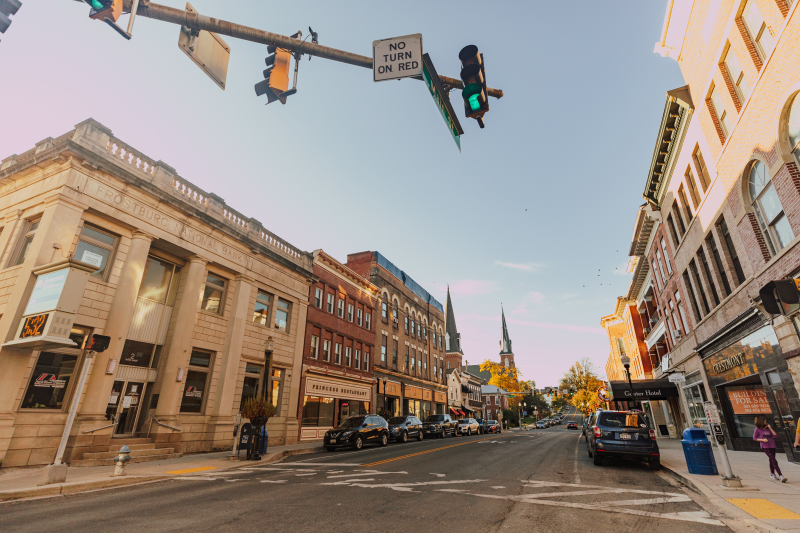Downtown Frostburg’s historic charm comes with a unique challenge: its mountainous topography.As the city’s Main Street climbs the hills of Western Maryland, building stability becomes a serious concern that has delayed or prevented rehabilitation efforts for some of Frostburg’s most prominent historical and commercial structures. In response, the City of Frostburg and Allegany County Economic and Community Development (ACECD) are taking action through a strategic initiative aimed at strengthening downtown buildings and returning them to active use: The Frostburg Main Street Structural Stabilization Grant Program.This grant program is part of a broader investment by the Maryland Department of Housing and Community Development (DHCD) through its FY 2025 State Revitalization Program Awards. ACECD received $250,000 in state funding under the Strategic Demolition Fund (SDF) to help stabilize at-risk buildings along Frostburg’s historic Main Street corridor.According to Bethany Fife, Director of Community Development for the City of Frostburg, the need for this initiative became clear as multiple property owners raised the same concerns. “We kept hearing the same thing again and again—property owners wanted to bring these spaces back, but they couldn’t even begin renovations until serious stabilization work was done,” Fife explained. Known as the “Mountain City,” Frostburg sits at an average elevation of 2,000 feet. Topographic and climate data also show Frostburg receiving more than 80 inches of snow annually, with snowfall occurring from October through May. These prolonged winter conditions contribute to long-term wear on buildings, particularly those on the city’s steep Main Street corridor.“In just about a year and a half, we had four or five property owners come to us with the same issue,” Fife noted. “It wasn’t cosmetic work—it was the structural stuff. That’s when we knew we had to come together and create a solution.”The Frostburg Main Street Structural Stabilization Grant Program provides targeted financial support to address the most critical and expensive barriers to redevelopment: structural repairs. While the funding comes from DHCD’s Strategic Demolition Fund, the local focus is on preservation, not demolition. “Stabilization could be foundation repairs, framing, roof support beams, or the roof itself—just anything that makes up the four walls and walls inside,” Fife explained.
